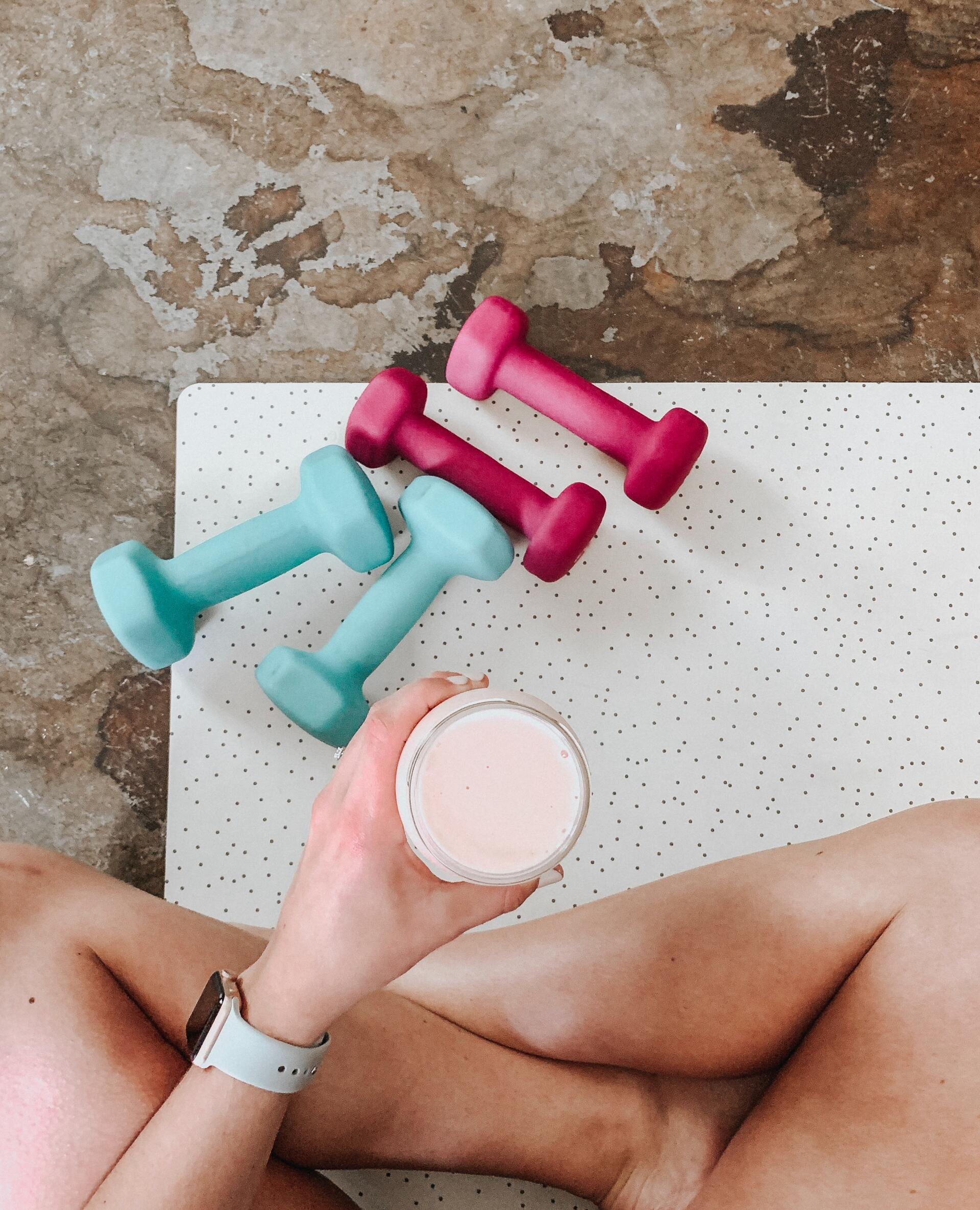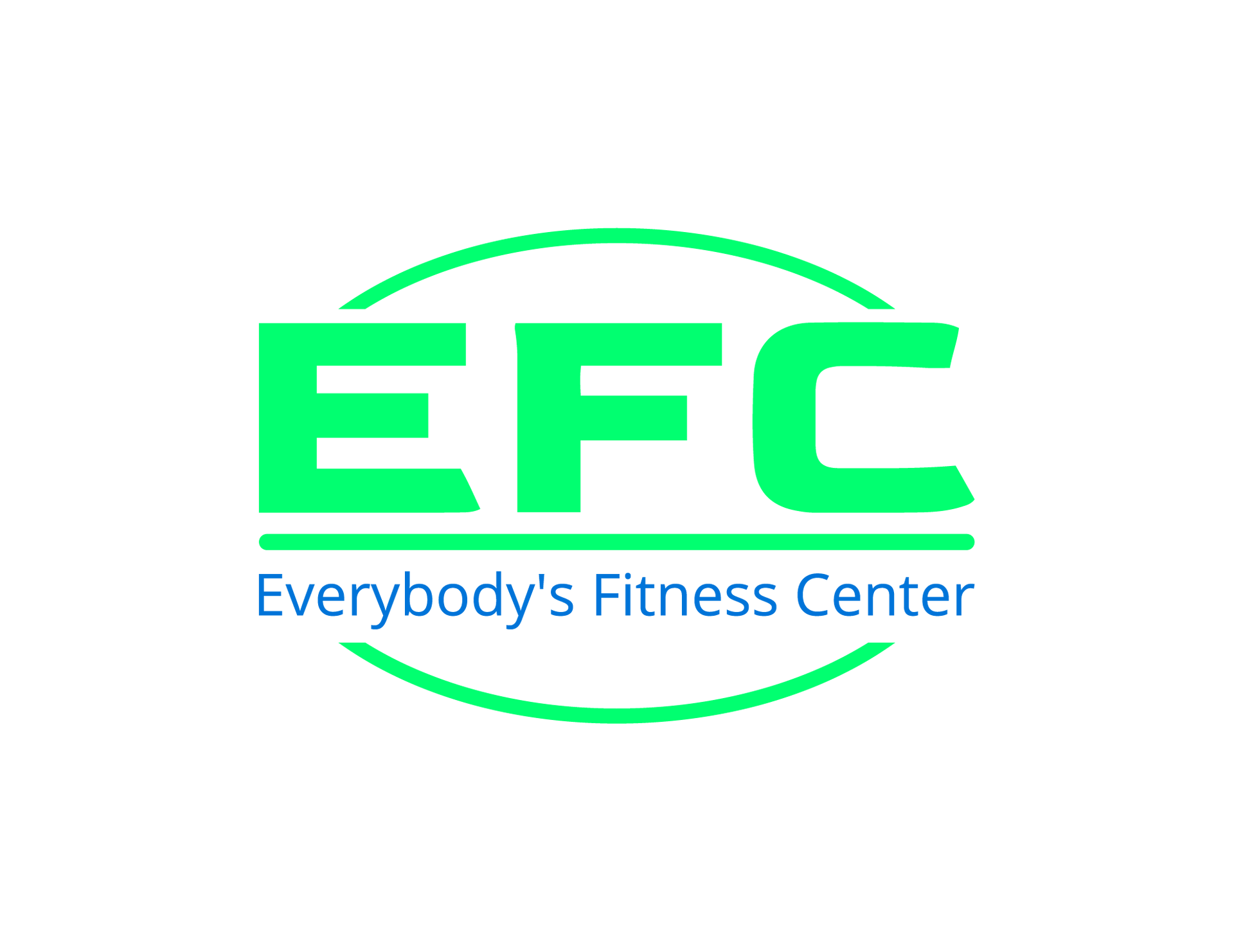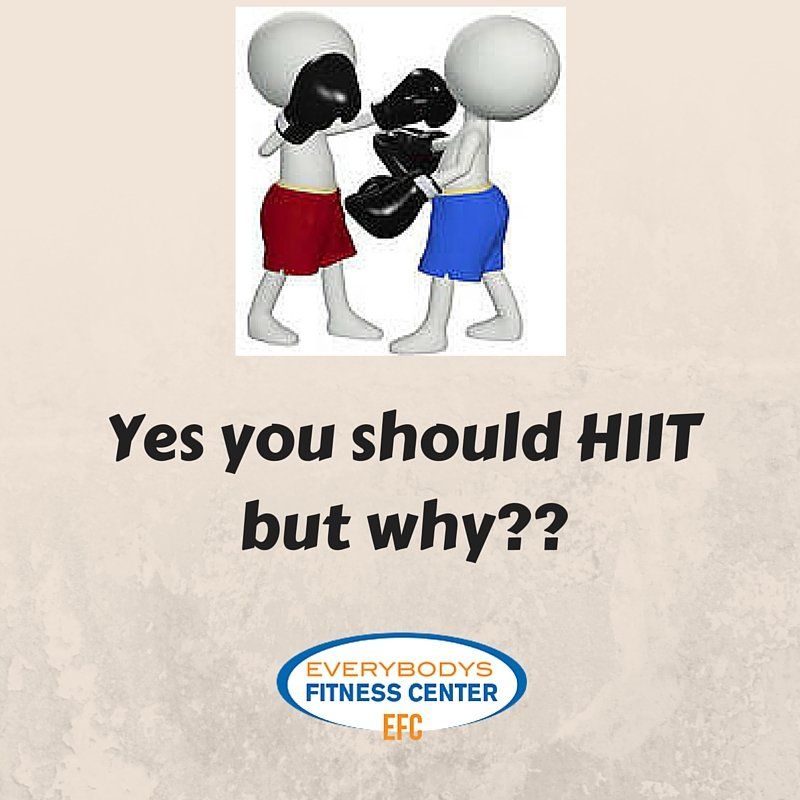Should You HIIT to Stay Fit?
...and could it give the same benefits in a fraction of the time?
What if you could get the same health benefits in 98.75% less time than you are now by HIITing?
Well the truth is you can and I'm going to prove it to you right now.
What?
You want us to go and hit something?!?!
No, of course we don’t, but you do want to improve your fitness level and live a long and healthy life, don't you?
Well, an excellent way way to do that is to incorporate HIIT into your exercise regimen, which stands for:
H igh -Intensity Interval Training
For years sports, and strength and conditioning coaches have been using this style of training for their athletes while the rest of us bought into the media frenzy that the only way to burn fat was to do long bouts of steady state cardio.
All the while the athletes were getting stronger and improving their fitness levels tenfold in a much shorter period of time while the rest of us may have hit a plateau in our fitness goals.
Or worse yet...
started to lose some muscle mass.
Luckily, HIIT has
spread like wildfire among the rest of the training community allowing people
of all levels to benefit from its greatness.
So what is this secret sauce you ask??
Let’s find out.
HIIT(high-intensity interval training) or just interval training, very simply stated is a method of training where you repeat bouts of high intensity work with varied recovery times.
The work periods could range from as little as 15 seconds up to 5 minutes and the rest or recovery time may equal your work time or may be a bit longer...
...I'll get to that in just a minute.
But first let’s get into the awesome benefits of HIIT.
According to the ACSM (American College of Sports Medicine), HIIT has been shown to improve:
- Blood
pressure
- Cardiovascular
health
- Cholesterol
profiles
- Abdominal
fat and body weight while maintaining
muscle mass
- Insulin
sensitivity which helps the exercising muscles more readily use glucose for
fuel to make energy
- Aerobic
and anaerobic fitness
Also, you get a tremendous aerobic workout without the boredom of a long steady state cardio routine.
You can switch out one or two of your long cardio days with a HIIT routine and gain the same if not better results.
Well known Strength and Conditioning coach Michael Boyle has trained many well-known teams like the Boston Bruins, Red Sox and Boston college athletes using HIIT.
While training the U.S. Women’s Olympic Ice Hockey team Boyle has been quoted to say he saw:
"I saw superior results in both their fitness and fat loss by using HIIT"
Still Not Convinced?
Well there were two well-known studies done on HIIT training and both had staggering results showing just how beneficial HIIT is.
One of the studies was done in Canada at McMaster University and is usually referenced as the Gibala Study after lead researcher Martin Gibala.
In this study they compared High Intensity Interval Training HIIT with steady state cardio in the target heart rate zone.
For the HIIT, they did 20 minutes of high intensity interval training, consisting of a 30 second sprint followed by a four minute rest
And for the steady state cardio, they did 90 to 120 minutes in the target heart rate zone.
The result was amazing!
Subjects got the same improvement in oxygen utilization from both programs.
What is more amazing is that the 20 minute program only requires about 2 minutes and 30 seconds of actual work...
...compared to 120 minutes of steady state cardio!
I don’t know about you but I would take the 2 min.s and 30 seconds of work over a long drawn out 120 minutes and be able to get the same benefits.
And an added bonus is now my body (meaning my joints) does not have to take a huge beating and become over trained which then results in injury.
The other study done, which has become known as the Tabata study, again shows the extreme benefits of interval training.
Tabata compared moderate intensity endurance training at about 70 percent of VO2 max to high intensity intervals done at 170 percent of VO2 max.
Tabata used a unique protocol of 20 seconds work to 10 seconds rest done in seven to eight bouts.
This was basically a series of 20 second intervals performed during a four minute span.
Again, the results were nothing short of amazing!
The 20/10 protocol improved the VO2 max and the anaerobic capabilities more than the steady state program.
To summarize, what studies have shown is that HIIT workouts provide similar if not better fitness benefits as continuous steady state aka endurance workouts but in shorter periods of time.
And because you are working in shorter bouts you do not start losing muscle mass like you do during long bouts of endurance work. How nice is that? :)
Now how do you know which rest to work ratio to use?
The most common work range is between 30 seconds and 2 minutes.
During this time you are working at a level that will increase your heart rate to about 80 – 95% of your max heart rate.
If you are just starting out then you want to hang around 80% and work your way up.
Your recovery time during these bouts of work will vary depending on the method you are using.
There are 2 common methods to use when determining your rest to work ratio.
The first method is just using a basic rest to work ratio like 3:1, 2:1 or 1:1.
This means for the first ratio of 3:1 that you work for a certain amount of time and then your rest time will be triple the work time.
So if you worked for 15 seconds you would rest for 45 seconds, or if you worked for 20 seconds then you rest for 60 seconds.
This is a good ratio to start with if you have never done HIIT before.
Then you can work your way up to 2:1 in which you double your work time for rest, ex, you work 30 seconds and rest for 60 seconds.
Then the 1:1 ratio is your rest time equals your work time. Work 30 seconds, rest 30 seconds.
The second method is considered by some experts to be the best way to perform HIIT.
With this method you use your heart rate to determine your rest period.
You will need to wear a heart rate monitor so if you have one it’s time to dust it off and use it!!!
This method is more beneficial because you are not using a random rest period, you are using the proper time it takes for your body to recover after you have performed the predetermined work interval.
As you become more conditioned you will actually need less time to recover and thus will be able to push yourself even more.
Which then means you will always be improving your fitness level.
Again, NICE!!
On the other end of the spectrum using your heart rate is also great when you are first starting out because your recovery time will be a little bit longer which is appropriate for your fitness level and so you will be training in a safe and proper manner.
If you track your times you will notice your recovery time decrease over time which will be proof that you are becoming more conditioned and will know that it is time to push a little more.
So an example of the heart rate method for a conditioned person could be as follows:
Interval 1 – work 60 seconds, rest 45 seconds
Interval 2 – work 60 seconds, rest 60 seconds
Interval 3 – work 60 seconds, rest 75 seconds
Interval 4 - work 60 seconds, rest 90 seconds
You can see that this person did not need to rest as long during the first 3 intervals so had they used the traditional rest to work method it would not have been as effective for this person as they would have been resting for to long.
Now the reverse would be true for someone just starting out, they would have needed a longer time to recover and so if they used a random rest to work ratio they may not have enough time to fully recover between intervals.
So by using the heart rate method you can safely participate in a HIIT program no matter what age, gender, or fitness level you are at.
Interval Training Modes
There are numerous ways to get your interval training in so what is the most important question to consider when choosing what to do? …….
Is it fun to you?
Yes, you want to have fun with this so you will look forward to your workouts and stick with it.
Here 7 ideas you can use right away…
- Take
a HIIT class
- Run
outside on a track
- Run
inside on treadmill
- Stationary
bike
- Slide
board
- Ropes
- High
knees, jumping jacks, burpees, squat jumps, lunge jumps, ski jumps, etc.
If you are not quite sure where to start with a HIIT program an excellent resource for you is the HIIT classes taking place at the Sturbridge location for Everybodys Fitness Center.
You will learn all kinds of ways to push yourself under the watchful eye of a trained and certified coach.
Also, you can seek out the expertise of a certified personal trainer and work one on one with a coach if you do not like the class atmosphere.
If you are interested in participating in the HIIT class at EFC in Sturbridge we would like to invite you to try a class for FREE so you can get an idea of what HIIT is really all about.
In order to take advantage of this all you have to do is either call us at 508-347-3100 or email us at info@efcfit.com and mention that you read this blog and want to take advantage of the FREE trial HIIT class .











